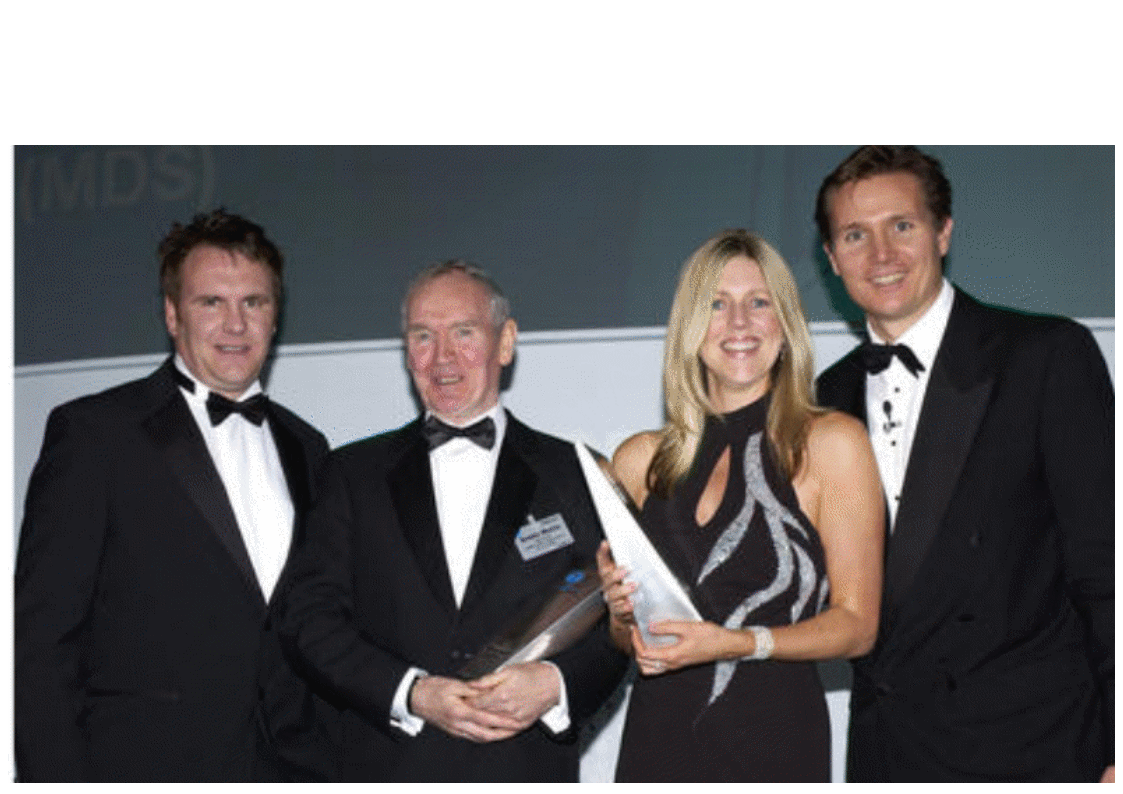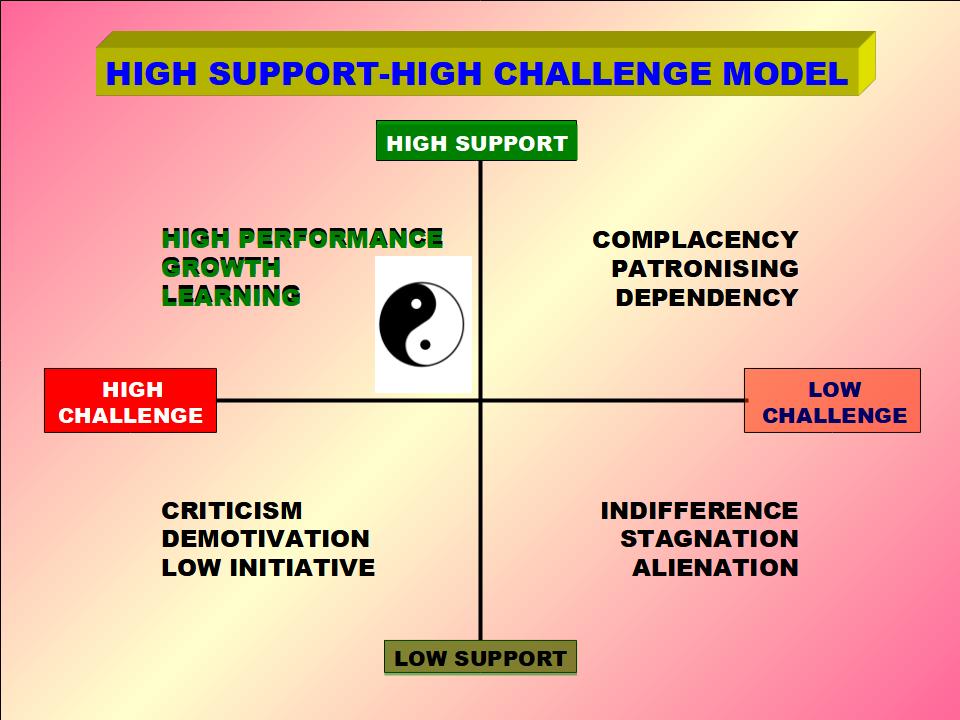to help themselves,
to release and realise more of their potential
Dennis Martin Consultants
Contact us and see how we can work together and create a path to the future that you, your people and your business deserve.
- home index page
- small business mentoring
Small-Business-Mentor? Yes!
Our Unique Self-financing Approach
Page Key Points Summary
On this page you will learn our unique small-business-mentor approach
* and the 4-steps involved to achieve self-financing, outstanding, award winning results
* proven evidence that our approach is practical, simple and works in small companies
* how mentoring leads to business performance and culture improvements
Our unique approach in developing a small-business-mentor is not theory and it is not a one-size-fits-all package off-the-shelf or from an AI robot.
It is an evolved process we've created over the past 30 years.
It has emerged from the 'sharp end' of helping small businesses move from just 'survival' to 'survive and thrive', usually with less resources.
HOW SO?
Well, at the heart of the approach is the key goal of releasing and realising every employees' potential, including YOURS, which, of course, then creates an opportunity to release the business' potential.
Hypothetical statement coming up, of course, but:
let's say that at the moment you have 70 employees in your business.
Let's also say that as the owner / M.D. / CEO you are running your business in a way that is running you into the ground and is unsustainable in the long run.
Now, imagine how things would be if instead of driving the whole business yourself, every one of your 70 employees was motivated to drive the business as well. They all were well aligned with your business goals, culture, high performance standards etc.
And they knew how to help you as a result of mentoring with a small-business-mentor.
IMPOSSIBLE, I HEAR YOU CRY?
But it isn't, we've done it and we won a UK National Training Award because that's what we did with our brilliant client, Lubrizol, who had just downsized to 70 employees and who's future looked iffy (Click this link to go to The Lubrizol Story PART TWO)
The photo below shows us receiving our award.

OK, tell me then what are the 4 steps needed to achieve award winning results?
In essence, our small-business-mentor approach means that we’ll work together through a four stage process we call the Four D.s:
- Diagnosis– e.g. joint assessment of your needs and priorities; on both content and process; including scope - is it a mentoring programme you need or a small business coach or, for example, an organisational development project (e.g. culture change)?
- Design – e.g. based on the diagnosis outcomes, clarification of success criteria and planning an approach and programme that will satisfy your specific needs
- Delivery of the designed plan – e.g. use of a wide range of creative approaches that will match and stretch people’s thinking and learning preferences and comfort zones; provision of real close-up help, guidance and mentoring for success and fun.
This stage includes the Herrmann thinking preferences profile for participants.
To see an example of my profile, please click here.
- Development – e.g. evaluation of results; trouble shooting, where necessary; assessment of return on investment; learnings and recommendations for next action.
Our subsequent training of your small-business-mentor, mentees and leaders together in a group includes the Four D.s model above as a useful tool for mentoring effectively whatever the context.
Let's take a look at what's involved in Steps 1 and 2:
Step 1. DIAGNOSIS:
This step is the foundation for the other 3 and often proves to be transformational in its effects.
As a result of the DIAGNOSIS process, in some small companies, they have taken a short-term break from the other steps because they have learned so much that they need to grab the opportunity presented with both hands.
So, sometimes it is best to agree to and then do the DIAGNOSIS step and then have a review before deciding on the next step.
The 4D.s model above is very flexible and easily adapts to different situations.
If you have, say, 2 or 3 employees, we will use the same process described above but it usually doesn't take as long, of course.
If you are the only employee, we will apply the same process in an appropriately shortened way.
We have worked with many S.M.E.s and the 4 D. step process has never been found wanting.
The DIAGNOSIS step involves meeting the agreed participant population, and their Leaders, online on a small group or 1-to-1 basis, to:
** elicit their perceptions, concerns and expectations
** clarify and define priority change, learning and development needs
** identify inhibitors and obstacles to change, performance and the realisation of potential of people and the business
** minimise any anxieties about future learning, training and changes
** encourage ownership of, and commitment to, the resulting mentoring and change processes that may occur
** provide an understanding of degrees of receptivity to a small-business-mentor initiative in the participant population and, therefore, the pitch required in learning sessions and change initiatives
** collect data, examples, cases etc. which may be used as learning material or for project validation purposes.
The diagnosis process entails LISTENING sessions and is often based around the following key questions:
## What would you describe as the major Strengths and Weaknesses of the Company today?
## What Threats and Opportunities do you see the Company facing?
## If this was your business, and you had total power to change anything, what three priority changes would you make to improve business performance, realise more of its (and its people’s) potential and make it a better place in which to work?
## How would you describe your vision of a desired, ideal future? How would you like things to be, say, in five years time?
## If we do nothing, what do you think will happen?
## What do YOU need to start doing; stop doing; continue doing; and change to increase your contribution to the business and to help bring about your ideal vision?
## Given your answers to the previous questions, if a small-business- mentor and change programme was to be implemented, what would need to be included? How best would it be done?
Other agreed with you questions may be asked if needed, depending on your specific circumstances. The process is bespoke.
Collation of all the data, views expressed etc. will be done and presented at a feedback session with Senior Leaders.
Assuming no major contra-indications occur (e.g. incompatibility of Company culture, values and our style) this feedback process may be used as a PLANNING &
Step 2. DESIGN WORKSHOP to decide on the next detailed stages of the change and mentoring programme.
The feedback is usually summarised under three headings:
- Descriptions – what pictures emerged from the diagnostic process? What responses did we get to the diagnostic questions?
- Interpretations – what does it all mean? What lessons should we learn? What messages should we take from the diagnosis data? How receptive are your people to mentoring, change and a small-business-mentor?
- Suggestions – what shall we choose to do, in terms of both content and process? And, what shall we choose not to do?
The diagnosis feedback process is completed by sharing it with all those who took part in the diagnostic listening sessions.
Ideally, if agreed with you, we share the diagnosis feedback with all employees. This significantly boosts the ROI achieved.
Step 3. DELIVERY:
Typically we will support mentoring, change and learning by helping participants and the Company in the following ways:
-
mentoring
Senior Leaders re the overall strategy and how to ensure
stickability and accountability
- facilitating
thinking, creativity and change initiatives
-
facilitating
learning experiences and workshops to help your small-business-mentor, mentee/s and leaders grow,
acquire new skills and tools, and stretch beyond past baggage and
out of their comfort zones
-
direct
1-to-1 and team mentoring to help participants implement new
behaviours and habits and to release and realise more of their potential
-
facilitating
feedback processes to ensure self-sustaining learning and change
-
validating
of progress and ensuring that positive learning
emerges
-
introducing
appropriate and effective new tools, methods and approaches to help
achieve success criteria and self-financing
-
helping
avoidance of, or recovery from, reversion to “business as usual” habits
- provoking and challenging (high support-high challenge) participants’ assumptions, beliefs and values as a means of helping to release and realise business potential and people’s potential.
The High Support-High Challenge Model is shown below.

Step 4: Development
This occurs, often informally, as we work our way through the three steps described above.
Even so, we will agree with you to carry out periodic formal reviews of mentoring achievements and shortfalls (if any).
These 'look in the mirror' sessions will create positive giving and receiving feedback for learning purposes and provide stimulus and ideas for what happens next to maintain momentum and sustainability.
In particular, we will review with you financial savings and / or profit generating outcomes from the mentoring process that may have created a self-financing benefit.
This final step will also enable you, if you wish, to repeat the 4-Step process yourself as needed.
That is, you will not be dependent on us (or anyone else) to continue in a 'survive and thrive' state rather than just a 'survival' pressure state.
Click to view more of Dennis's background
Firstly, If You Are Really only just Starting Out, You Need to Learn & Consider Options and You Need an Initial 'SET UP' phase
Why? and what does this entail?
Before the action starts with the DIAGNOSIS step described above, someone - YOU?, especially if you are the M.D., CEO or business owner - needs to become the Mentoring Sponsor or Mentoring Champion as we would say in Yorkshire.
This creates a Leadership figure with 'clout' that everyone will recognise, respect and who will be the ultimate judge of what are the 'right things to do' re mentoring in the business (if needed).
In accepting this role, it is critical to also accept that this does NOT mean that you will control everything and that all involved have to get your 'permission' before being creative or taking initiative or changing things.
If that were to happen, it will destroy the 'secrets of success', especially the 6 Conditions, that create self-management ownership of mentoring by mentor, mentee and leaders.
The role requires you as Sponsor to 'protect' the mentoring process and characteristics we are describing on this page and on other pages.
In particular, your small-business-mentor, mentee/s and their leaders will require encouragement and support as they ascend their learning and experience curves.
If you are unwilling or unable to do that, please ask someone else to take on this role (if there is someone else?).
If there isn't, please contact us to discuss what to do by using the Contact Help Form for Dennis below.
Once you accept this role or 'appoint' someone else to it or contact us first, you need to make some 'big picture' decisions that will be needed for the DIAGNOSIS step above.
For example:
* what do we want to achieve for the people and the business from mentoring? How else might we achieve this or more?
* what scope is involved? (e.g. a 'pilot' process to test out; a single small-business-mentor; more than one; a business wide approach involving all employees?)
* how will you 'recruit' your mentor/s and mentee/s and leader/s?
* how will you proceed to 'set up' mentoring in your business and / or integrate this step with the DIAGNOSIS stage described above?
From my experience, beware going too far in answering these questions, you must stay at 'big picture' level so that as you involve others, there is a real opportunity for them to contribute (and NOT just be 'yes boss. whatever you say boss' men or women), feel valued and begin to take ownership.
I could say more, but does the above explain 'Why?' and 'What is entailed?' in this step sufficiently for you?
If not, please contact me via the Contact Help Form for Dennis below and /or if you have any questions arising from this web page.
Zero cost and obligation of course.
In Conclusion, What Happens Next?
Well, that depends on how you feel having read this page.
We will only begin working with you AFTER:
We have shared a no obligation, no cost conversation which outlines your perceptions of your needs for small-business- mentor services and whether our approach matches your needs and culture.
As a result, either nothing happens or we will send you a PROPOSAL of how we may be able to help, what will be involved and how much it will cost.
As a result, either nothing happens or we make agreed changes to the proposal or we agree to work together.
You're in control, the choice of what happens next is yours, of course, because it's your business not ours and you'll be left with the consequences of any changes we agree to make.
If we work together, then the 'magic' of the mentoring process begins in your business and your people and YOU and ME.
We have Seven Key Values that are intended to benefit you and us.
To see these values please click on the link to go to Our Seven Values page.
go back to our HOME PAGE go to our PRIVACY POLICY
PAGE SUMMARY
On this page we have covered our unique small-business-mentor approach
* and the 4-steps involved to achieve self-financing, outstanding, award winning results i.e. Diagnosis, Design, Delivery and Development (4 D.s)
* proven evidence that our award-winning approach is practical, simple and works in small companies (The Lubrizol Story), (and in medium and large companies)
* how mentoring may be an excellent entry-point to business performance and culture improvements
* our values and how they benefit you
* and my thinking preferences profile (via this link)
If after reading this page you have questions you need answers to or if you wish to enquire about how to use our approach, please use the Contact Help Form for Dennis below.
I look forward to hearing from you, listening to your views and discussing them with you. Zero cost and obligation.
We've covered a lot of ground on this page and I just want to THANK YOU for visiting my web site and reading this page. Your attention is much appreciated.
I hope you found the page as enjoyable, worthwhile and interesting reading it as I did writing it.
Kindest regards,
Dennis
